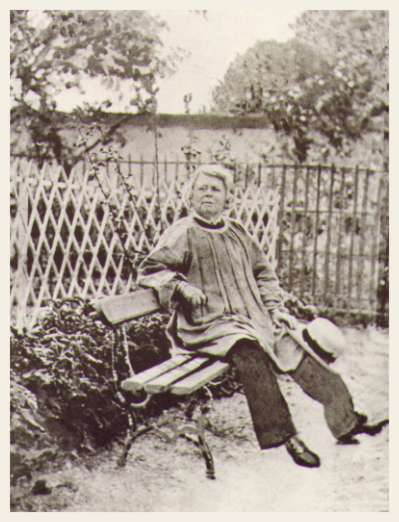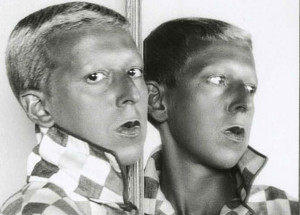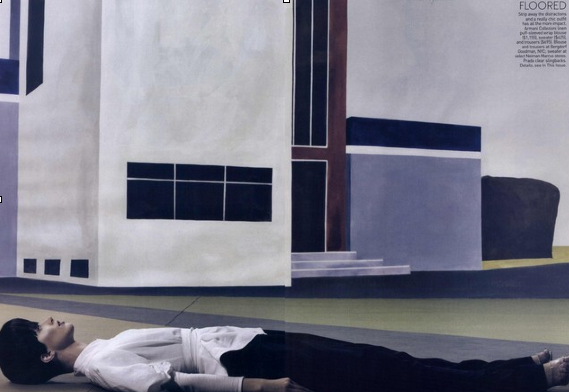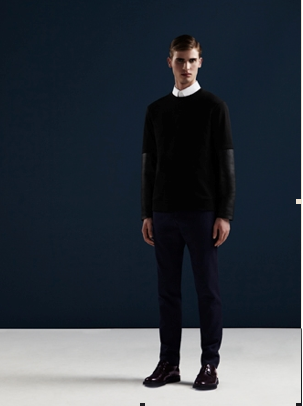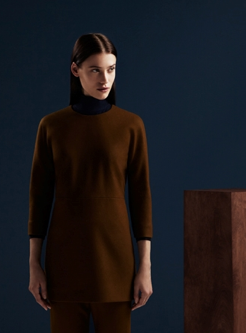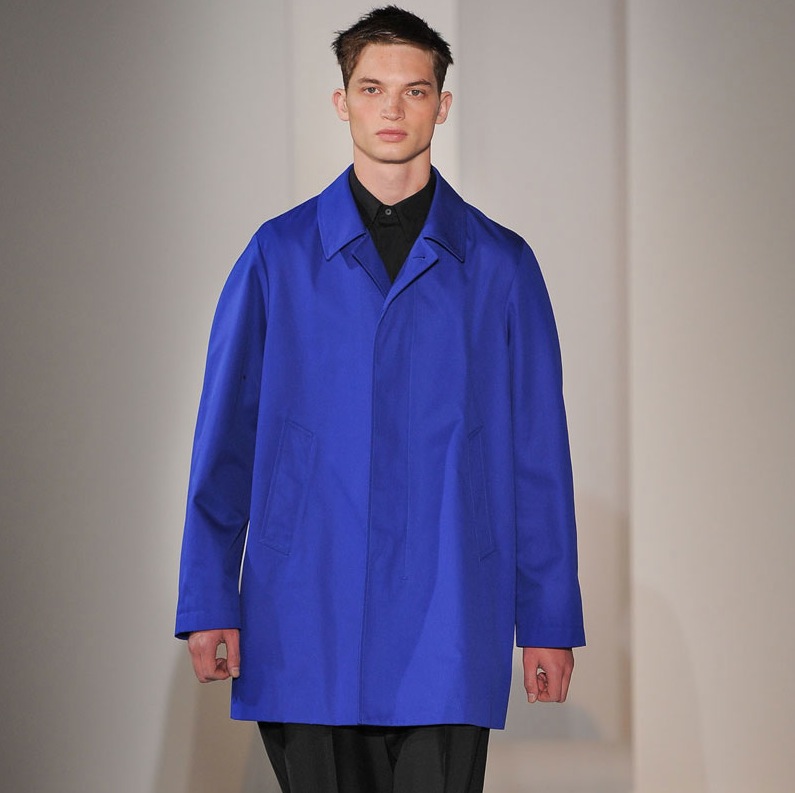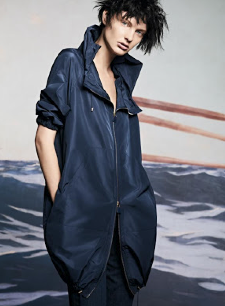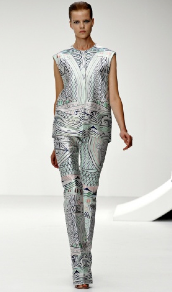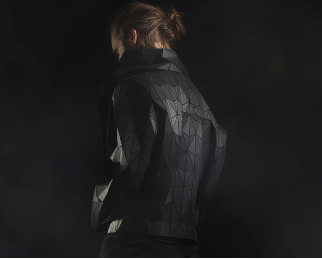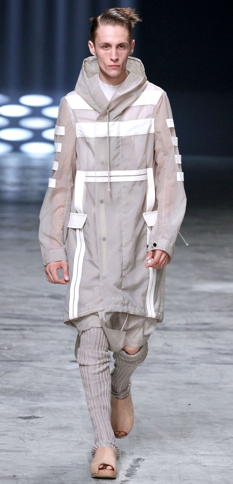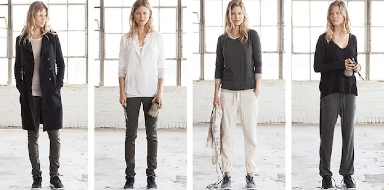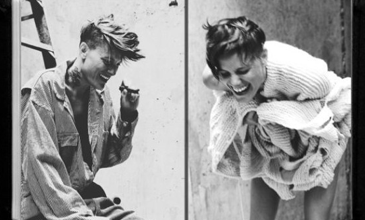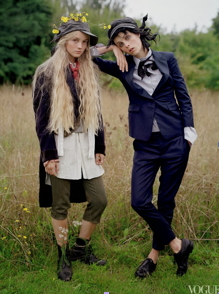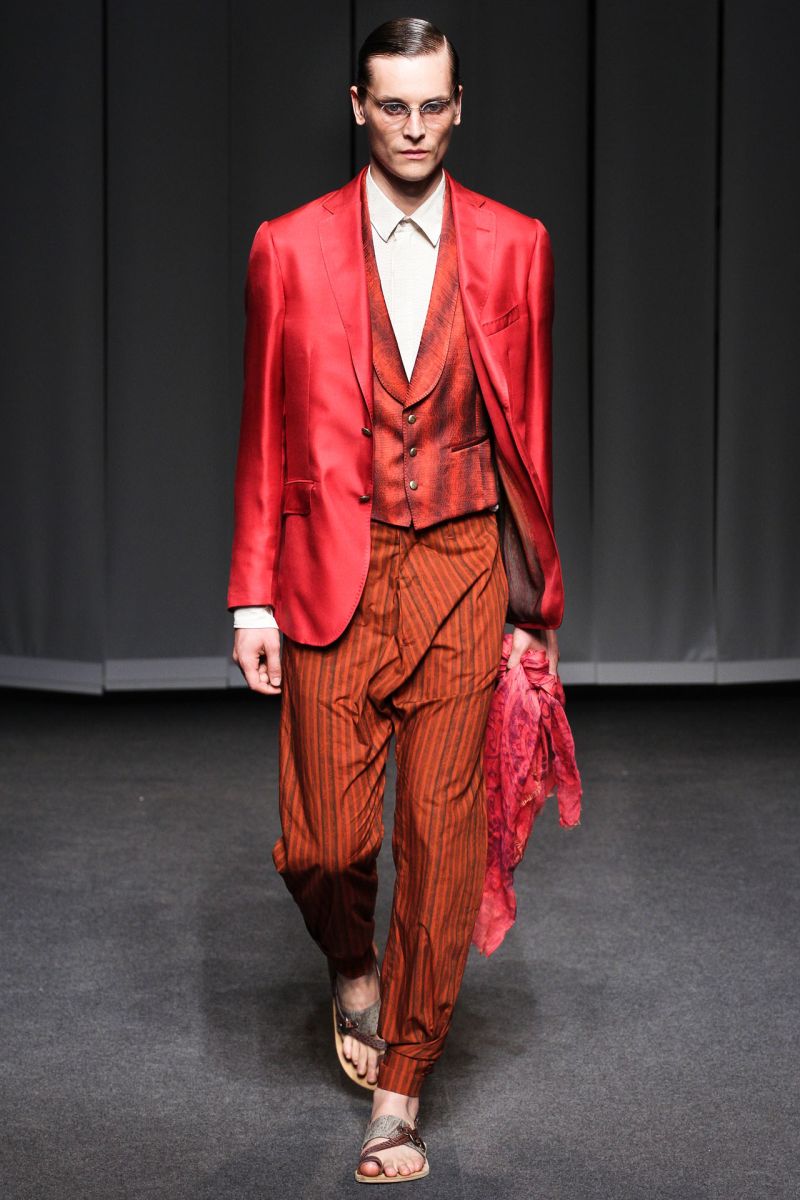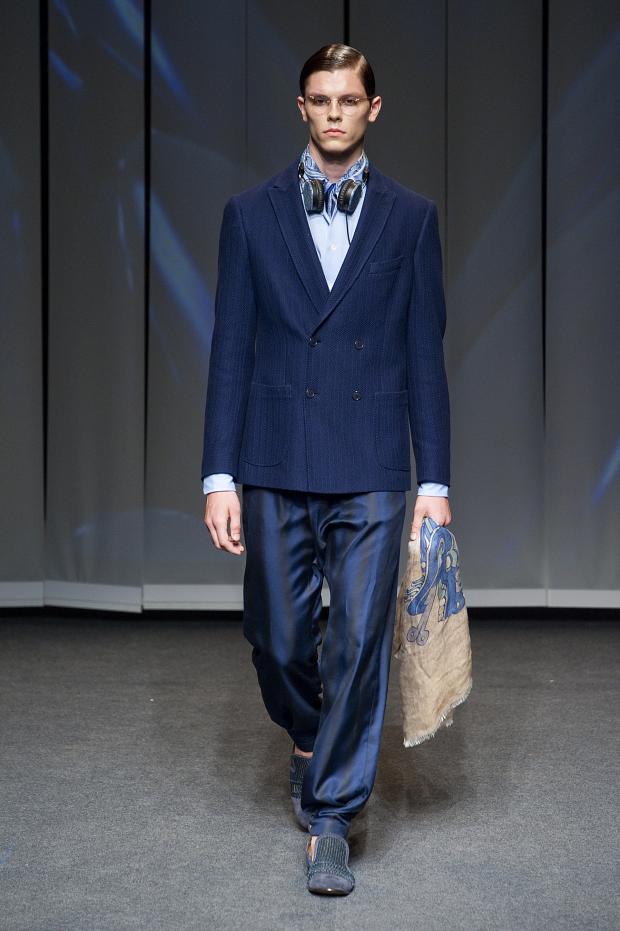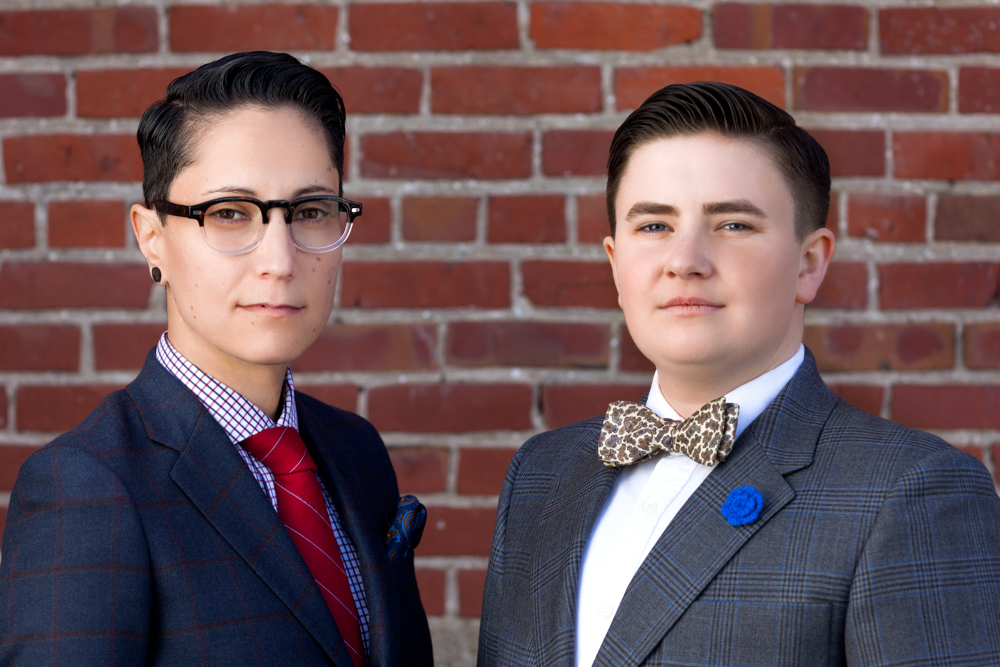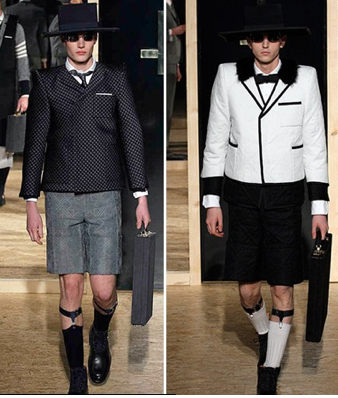The term and application of andro/androgyny has had a longstanding sartorial history in western, non western, and post colonial history. Androgyny encompasses a bevy of cultural meanings, visual codes, ambrosial markings, and metaphysical powers deeply interwoven into civilization as a whole.
Much like the color black in fashion is laden with symbolic meaning, whether in a religious context or embraced by a subculture, black (and likewise androgyny) is simply associated with all things “chic,” and proves itself to be an all encompassing word.
From 19th century queer artists like Rosa Bonheur exploring masculine centered clothing through the lens of androgyny to ‘30s surrealist genderqueer artist Claude Cahun to cK1, andro is one of the various nuclei that encapsulate queer fashion history. Sartorially speaking, labeling a look or a collection as simply andro doesn’t do justice to the sheer magnitude of the aesthetic modes that this fine silk thread has seamlessly woven its way through. It is a catalyst exploring multiple dialogues within a larger fashion story. And, if anything, 2013 proved that andro is one unparalleled force percolating its way through the fashion system, crystallizing new styles, and ever reinventing itself.
Rosa Bonheur ca. 1890
Claude Cahun
Minimalist
Cool in its monochromatic coloring, honest in its material, and reductive in form, minimal andro is most akin to Nordic brands like COS (coming to NY this Spring, clicking my heels as we speak!!!), Acne jeans and Veronique Branquino. From campaigns like Chloe Sevigny for Absolute Elixir to most notably (featured image), Jil Sander’s return to fashion in 2013 was a retrospective celebration of all things great about Minimalism within the context of androgyny. Music icons like out gay vocalist for The XX Romy Hadley Croft embody this image, whilst most recent fashion editorial capture the spirit. Lines are crisp and colors are often somber with some eye searing accents and unconditional adherence to form meets function.
Veronique Branquino S/S 2013
Cos S/S 2013
Cos S/S 2013
Jil Sander 2013
Futurist
A more nuanced hybrid of the latter: high definition hues, techno textiles, and a more sculptural silhouette of volumetric proportions will prepare you for one sexy post-apocalyptic ride in my synthesis of Futurist Andro. This facet has a long standing correlation to all aspects of andro-chic probably due to the slew of dystopian Sci-Fi novels and movies painting an ambisexual genderless world full of cyborgs, aliens and human civilization that were heavy in the 80’s. Designers like Mary Katrantzou, Akris, Rick Owens and Rad Hourani have created a cohesive repertoire of this style. One notable example would be Rad Hourani, a Jordanian based Parisian designer, creating unisex clothes with hyper modernized underpinnings. Even in the realm of 3-D printed textiles from S/S 2013 there was a verdant landscape packed with genderqueer allure. Take Sruli Recht’s black multi paneled bomber, created through layers of walnut wood and mounting them onto a textile base forming geometric shapes of the garment.
Akris Resort 2013
Mary Katrantzou 2013
Sruli Recht, S/S 2013
Rad Hourani, S/S 2013
Rick Owens S/S 2013
Organic
Now let’s take it down a couple notches and get back to pared-down classics like a white cotton ribbed tank (for lack of the inevitable slang). One timeless essential that’s found its way into my closet and that of my ex girlfriends’. Its reductive lines and queer insignia are a couple within a slew of many other basics that have in the past years been revamped and rebranded, using the best of fair trade cotton to provide a level of comfort giving you the feel and form of seamless elegance. I’d like to call this style “organic andro.” Raw (like the kale you just ate) and redefined, there is nothing contrived and it is never out of style.
Designers like James Perse, and American Apparel all inspire this aesthetic while models like Casey Legler ignite the allure to this often under-appreciated style.
James Perse Sample Sale S/S 2013
Casey Legler
Dapper
Last, but certainly not least, Dapper owes much of its style to the carefully studied aesthetic from the 19th and 20th century Dandy. This style and way of life has been proudly reclaimed and redefined by bloggers such as DapperQ and Qwear. It is a much celebrated nuanced aesthetic – trickle down or trickle up effect? Its your call but after a solid 2-3 + years of the bold and ever present dapper aesthetic amongst queer British/American sartorial culture, its interesting to see that Vogue’s December 2013 issue featured a Dickens’s inspired editorial with a bevy of hot women in great suits styled with one sexy dishabille of a coif. Designers like Thom Brown and Etro have become institutions in cultivating this mode while queer owned and operated West Coast based clothiers like Kippers Clothiers and Tomboy Tailors have raised, reclaimed, and mastered the art of designing for genderqueer, butch and transmasculine individuals.
“Dressing Like the Dickens”, Tim Walker, Vogue December 2013
“Dressing Like the Dickens”, Tim Walker, Vogue December 2013
Etro S/S 2013
Etro S/S 2013
Kyle Mosrefi and Erin Berg, co-founders of Kipper Clothiers
Kippers Clothiers, 2013 (FB page)
Thom Brown S/S 2013
Related Article: “What is Queer Fashion?”: A filmed discussion with Anita from dapperQ and Sonny from Qwear


